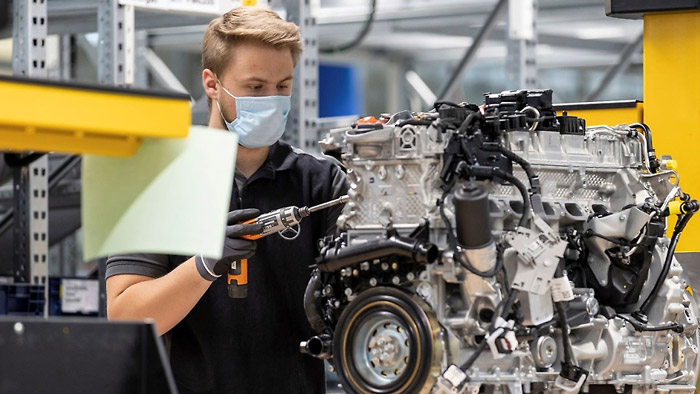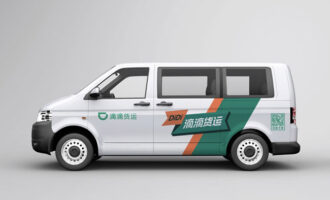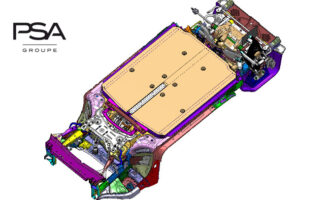
Mercedes-Benz announces new drive unit
Mercedes-Benz AG announced the formation of a new unit, Mercedes-Benz Drive Systems, which will be responsible for engines and transmissions, batteries and electric drives, and also the associated hardware and software. The new unit will be led by Frank Deiß.
“For the first time, the new Mercedes-Benz Drive Systems unit combines all drive systems and disciplines relevant to drive systems from the fields of development and production under one roof within Mercedes-Benz AG. As an internal system supplier, it is responsible for engines and transmissions, batteries and electric drives, and also the associated hardware and software. As such, all drive types from Mercedes-Benz will be integrated in one unit – strongly aligned in terms of disciplines and products, and with a high degree of individual business responsibility,” said Frank Deiß, chairman of the new Mercedes-Benz Drive Systems.
The company said the move is an important step in the course of its transformation towards CO₂-neutral mobility and digitalisation. The transformation of Mercedes-Benz AG and its products in line with CO₂-free mobility for the future brings with it significant changes for the drive system in particular. The creation of Mercedes-Benz Drive Systems for drive system expertise will help to create synergy effects and drive the transformation forward even more rapidly and more efficiently.
“The drive system is one of the central components of our vehicles and strongly determines the typical Mercedes-Benz driving character – whether it is purely electric, hybrid or conventional. With the new Mercedes-Benz Drive Systems unit, we will create synergy effects and drive forward the greatest challenge on the road to CO₂-free mobility, namely the transformation of our drive systems, even more rapidly and more efficiently. With the new organizational unit, we can continue to develop our production and development areas future oriented and in a competitive manner while at the same time produce as efficiently and economically as possible,” said Markus Schäfer, member of the Board of Management of Daimler AG and Mercedes-Benz AG.
“I am convinced that this focus will support us in our ambitious goal of being able to offer our customers a complete CO₂-free product range in under 20 years. Thanks to the overall responsibility for the entire added value – from the battery cell to the drive system – and the optimized cross-functions, we feel well equipped with Frank Deiß and his team at the forefront. Together, we will successfully master the upcoming transformation and the changes associated with it,” Schäfer said.
All process steps from development through production under one roof
As an internal system supplier, the new organisational unit aspires to deliver innovative, competitive drive systems which set standards in terms of technology, quality and costs. As part of this the unit works closely with colleagues from related areas – for example Procurement. In the new structure, the overlapping areas of Mercedes-Benz Operations, such as logistics, quality management and production planning, are directly connected to the Mercedes-Benz Drive Systems unit. In this way, methods, standards and processes will be synchronised even more closely between the body and powertrain plants.
The employees of the divisions involved with Mercedes-Benz Drive Systems are bringing their expertise in their tasks at their previous locations to the new drive system competence cluster.
Sustainably fit for the future
On the road to CO2-free mobility, Mercedes-Benz AG is pursuing a technologically neutral drive system strategy with an intelligent mix of state-of-the-art combustion engines including. 48-volt technology, plug-in hybrids and all-electric vehicles. The goal is to meet the different requirements and market scenarios around the world through an attractive mix of drive types and thus always be able to offer customers the appropriate vehicle.
By the end of the year, five all-electric passenger car models and more than 20 plug-in hybrid variants are expected to be on the market. The plug-in hybrid portfolio ranges from model variants of the A-Class through to the S-Class, and from the GLA to the GLE with electric ranges of up to 100 kilometres. Further vehicles that run solely on battery-electric power are also in the starting blocks.









